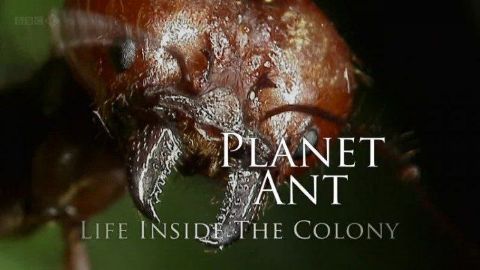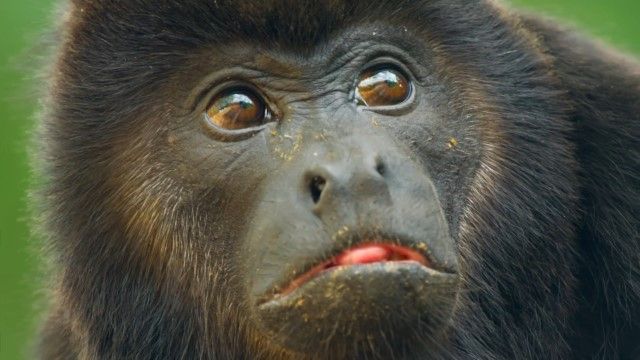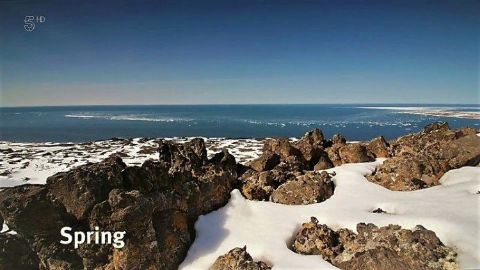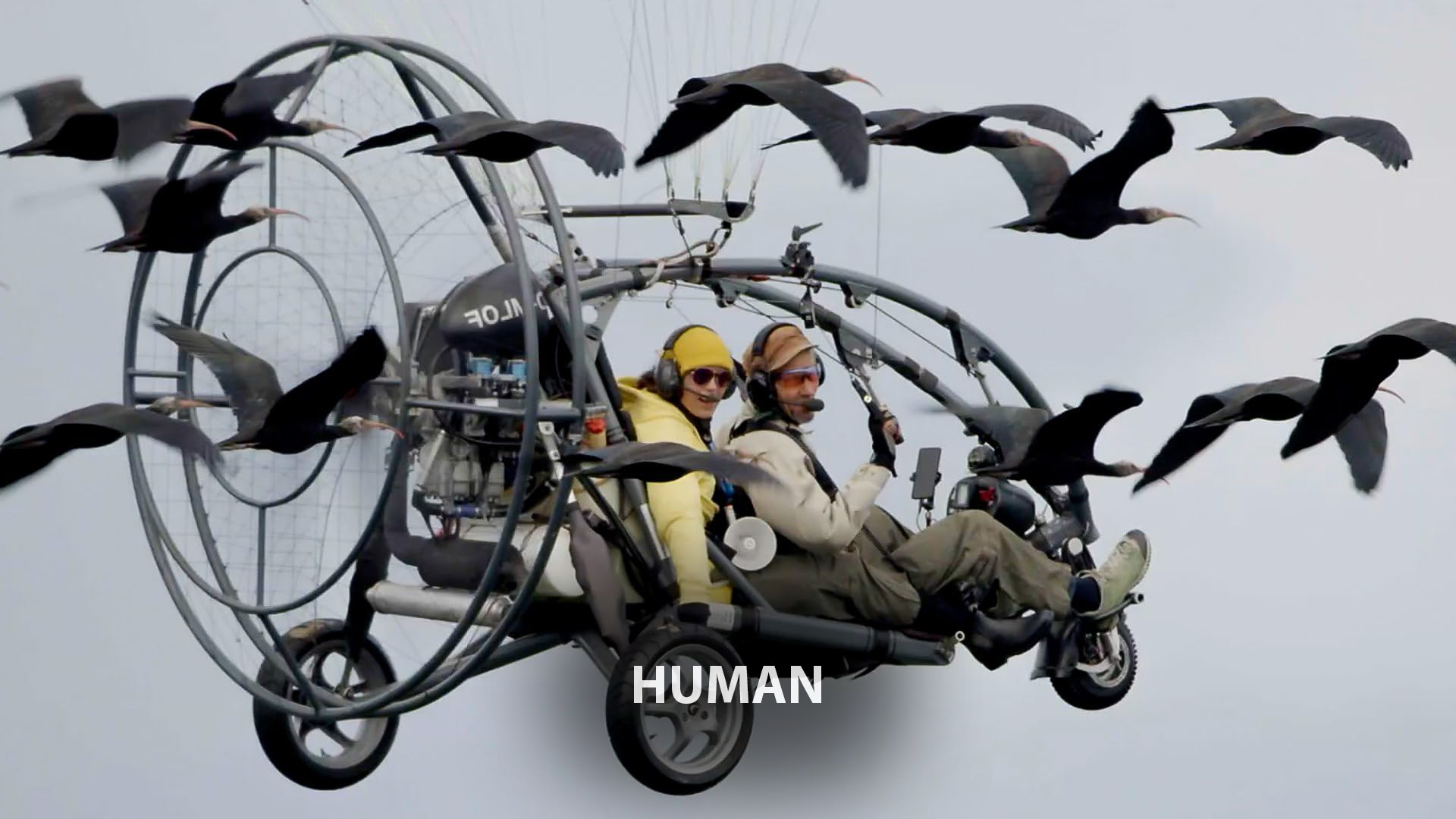Dogs in the Wild: Meet the Family • 2023
From the rugged peaks of the Himalayas to the blistering Sahara desert, wild dogs thrive in the least likely of places. They are the most widespread carnivores on the planet. The latest scientific revelations reveal fresh perspectives on characters who constantly surprise us with their diversity and their unusual behaviour. These are the world's ultimate canids! Chapter 1: Meet the Family One family, 37 faces: from the Arctic wolf to the talkative dhole, the tiny fennec fox to the long-legged maned wolf, this is the definitive celebration of dogs in the wild. Chapter 2: Secrets of Success The secrets of canid success and their incredible strategies for survival, from leaping jackals to sneezing African wild dogs, and gray foxes that climb trees. Chapter 3: Defending Wild Dogs The people going to extraordinary lengths to understand and protect canids, from preventing wild dogs dying of grief in South Africa to protecting the tiny Darwin's fox.
Make a donation
Buy a brother a hot coffee? Or a cold beer?
Hope you're finding these documentaries fascinating and eye-opening. It's just me, working hard behind the scenes to bring you this enriching content.
Running and maintaining a website like this takes time and resources. That's why I'm reaching out to you. If you appreciate what I do and would like to support my efforts, would you consider "buying me a coffee"?
Donation addresses
BTC: bc1q8ldskxh4x9qnddhcrgcun8rtvddeldm2a07r2v
ETH: 0x5CCAAA1afc5c5D814129d99277dDb5A979672116
With your donation through , you can show your appreciation and help me keep this project going. Every contribution, no matter how small, makes a significant impact. It goes directly towards covering server costs.





